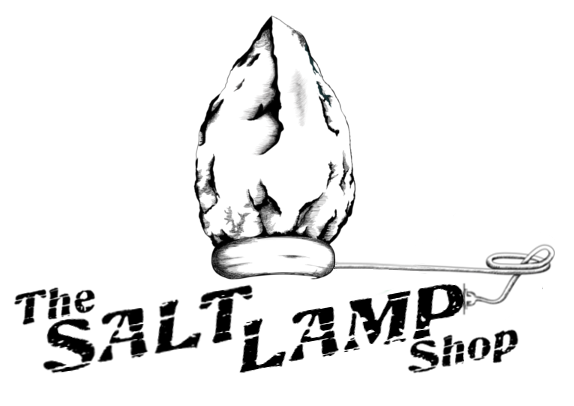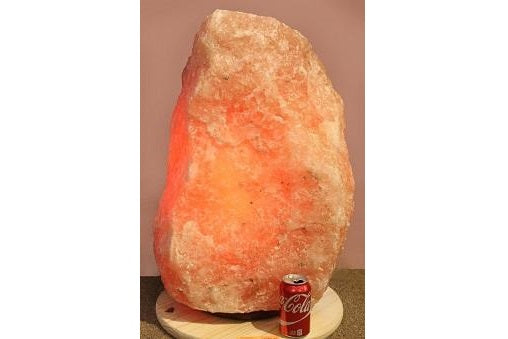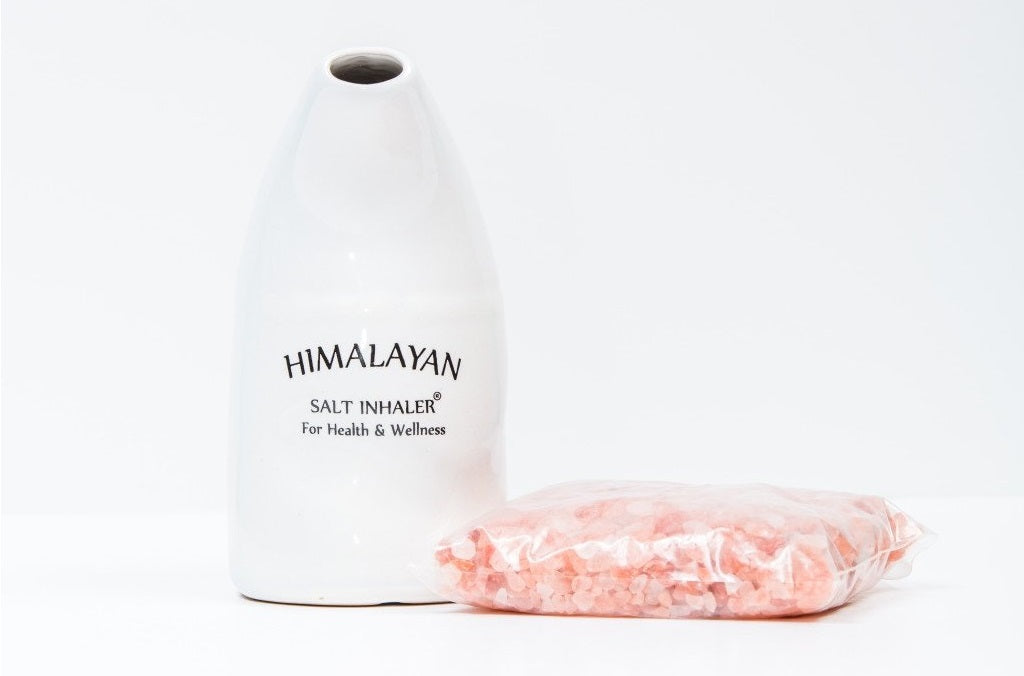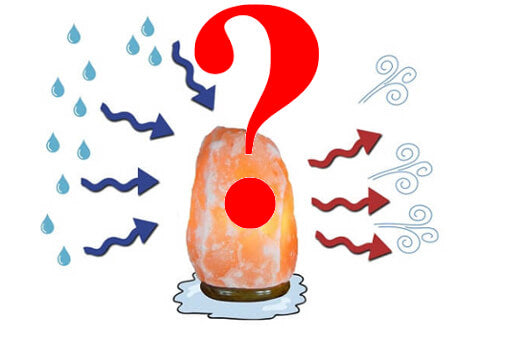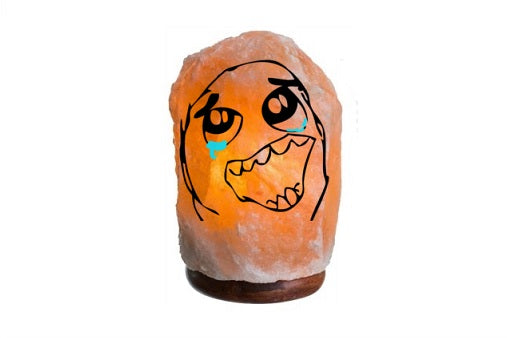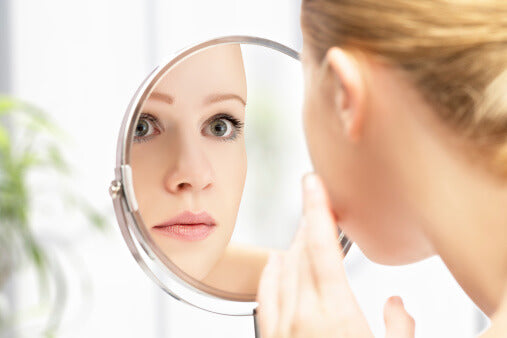
Himalayan salt lamps are more than just pretty rock ornaments to be kept in the corner of your room. One of the many benefits of Himalayan salt lamps is that they can help prevent and reduce symptoms of allergies. So, if you have any allergic reactions, this might be just the article you’re looking for. But before we get into it, what even is an allergy? We know much less about allergies than we do about many other common conditions, like Asthma for example. What we do know is that they are very common and come in many forms.
How do salt lamps help reduce allergies?
Salt lamps won’t help with all types of Allergies. For example, if you have a peanut allergy, a salt lamp will make no difference to improving your condition. The types of allergies that salt lamps can relieve include allergies that are caused by airborne particles, such as seasonal allergies. If you were unlucky enough to have one you’ll know what they’re like, itchy eyes and skin, nasal congestion, rashes and wheezing. Not the best feeling to be sure, but luckily all is not lost. Since these types of allergies result from tree pollens and air borne moulds salt lamps can greatly help in reducing them.The mechanism by which this happens is the same as the mechanism by which salt lamps reduce symptoms of Asthma. In both cases, it’s airborne particles that are causing a reaction in the body, and these particles can be removed by a crystal salt lamp’s air purification properties. There’s two ways in which this works. Firstly, salt lamps draw in moisture from the air naturally, and this moisture (in the form of droplets) is often carrying with it dust and pollen and all those triggers for allergic reactions. As the moisture is collected on the lamp it brings these allergens with it. The moisture evaporates back but the allergens and dust are locked into the lamp.
The ancients knew about it
Long before we had salt lamps or salt caves, our ancestors knew about the allergy-reducing benefits of salt. People would notice their airways open up and their allergic reactions reduce when they would walk into natural salt caves or salt mines. And salt miners were noted to have better respiratory health then the average population. This study here (https://www.ncbi.nlm.nih.gov/pmc/articles/PMC4391365/) is an example of modern science catching up to ancient wisdom, it shows that salt chamber therapy had reduced both asthma and allergic reactions by creating an anti-inflammatory effect.
Salt lamps for cat and pet allergies
By the same token as above, if Himalayan salt lamps can remove pollen from the air, they can also remove things like micro cat hairs and dog hairs from the air. Just like tree pollen, some people can have an allergic reaction to airborne fur as well. But be careful, cats love to cuddle with and lick salt lamps and you might find your lamp covered in cat fur!Best salt lamp for allergies
Just like with Asthma, if you want to get the most benefit from salt lamps it’s best to buy multiple salt lamps, as each 2-3kg lamp only has a 6x6 foot area which it can purify. Having 2 or 3 lamps in the rooms where you spend the most time is the best way to get the most out of your rock salt lamps. And the bigger the lamps the more powerful there effect, so don’t hold back on size either.
Disclaimer: The Salt Lamp Shop does not provide or claim to provide professional medical advice. Your reactions and results may vary from the standard and we advise you seek professional help for the best and full solution to your health concerns.
